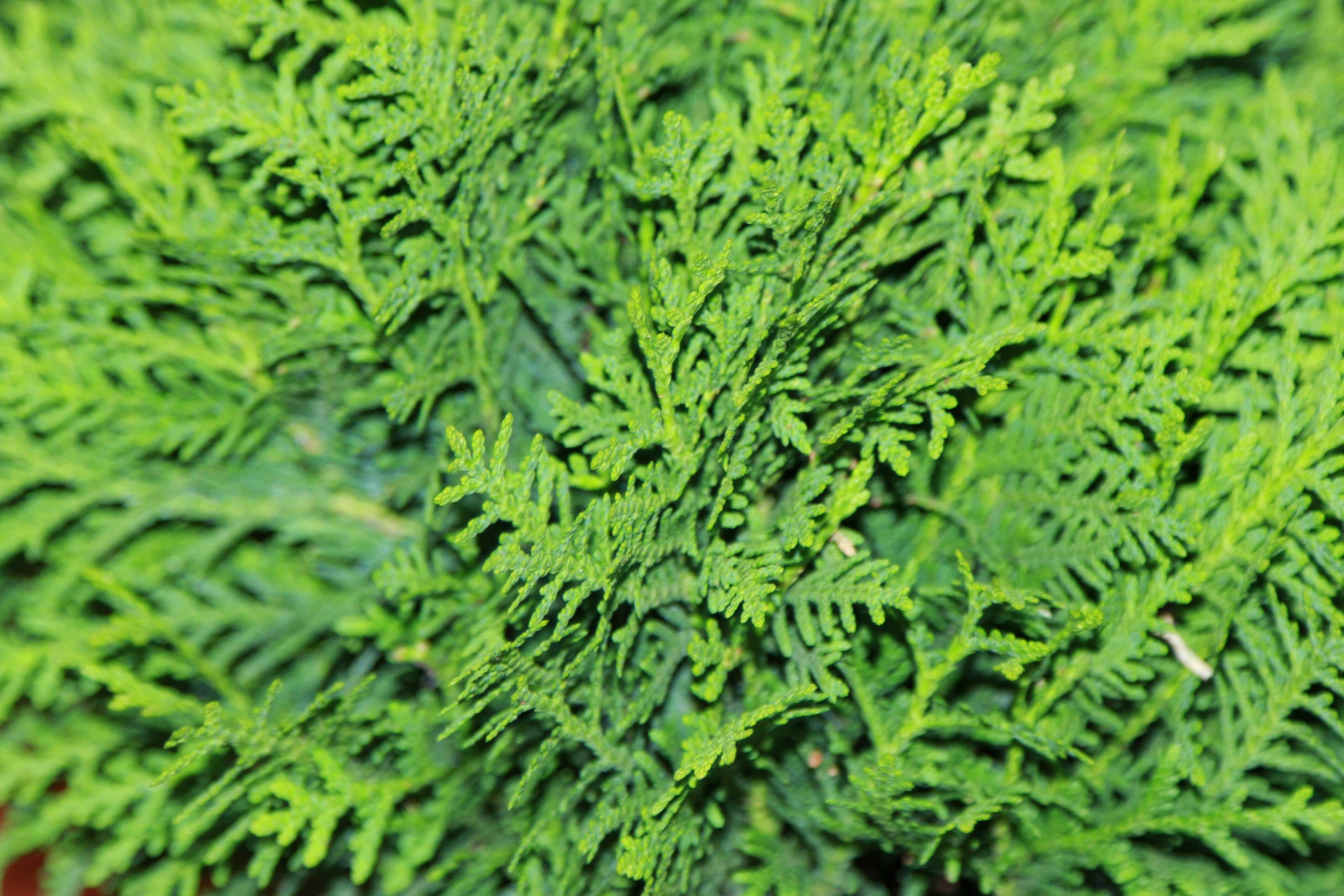Tree Care Tips in Providence RI
Posted on 4/14/2020 3:05:12 PM
All About Arborvitae Trees
The arborvitae (thuja) genus of shrubs and trees includes three different types of species ranging in size from 3 feet to 70 feet, with shapes ranging from low mounds to towering pyramids. Their popularity as landscape plants is due to their fast-growing, easy-to-care-for nature, and the year-round visual appeal that they bring to a landscape. One of the most popular thuja occidentalis species is the emerald green arborviate, its highly prized as a hedge or screen plant.
Arborvitae is latin for "tree of life". These shrubs are evergreen and have soft foliage that stays green or sometimes yellow all year round. Many people plant these evergreen shrubs as privacy hedges due to the upright or columnar growth habit as well as the fast growth rate. Some people even refer to the arborvitae as trees because they get grow quite large. Most arborvitae are native to north america, which means they are good for wildlife, easy to care for, require less moisture and are winter hardy.
To many homeowners, it is a quick hedge and a foundation planting to soften the corners of a property. Different types of arborvitae varieties are prized for different reasons, but the main thing persists: you can’t beat the dense growth and beautiful, dark green foliage. The differences include hardiness zones, growth rates, growth habits, maintenance, light requirements, and deer resistance.
Arborvitae, thuja, is a popular choice for privacy hedges in the landscape because of their tall and narrow growth. It grows best in full sun, but can also tolerate light shade. They also serve as great foundation plants in the landscape.
American arborvitae (thuja occidentalis)
The american arborvitae is a slow growing evergreen tree that can grow up to 25 to 40 feet tall. Known as the 'tree of life' it can live for 400 to 800 years. It truly is amazing that these trees can live for so long. The american arborvitae is recommended as a hedge tree, buffer strips around parking lots and screens. The american aborvitae also prefers high humidity and can tolerate wet soils.This species is also known as white cedar. Tall, soft, slender, and luxuriously dense, this elegant evergreen requires almost no care when used as a windbreak, hedge, privacy screen, or landscape specimen. Homeowners can plant a pair of these very hardy trees along a walkway or garden gate. One single tree can truly soften to corner of a home as well as beautify any landscape.
If you were to plant this tree in an open space it would be able to grow up to 40-60 ft tall. However in urban settings such as residential properties, you can expect this tree to grown 20-30 ft tall. If you are looking to use this tree as a hedge, it is recommended that you plant these trees three feet apart from eaach other.
In Summary
Arborvitae trees are attractive evergreens that will thrive in your garden as well as anywhere on your property. If you choose a sunny spot and plant them in a nutrient-rich soil mix. Start by finding a spot that gets full or partial sunlight, since these trees grow best in sunny spots. You will also want to choose a spot that will be protected from the wind to prevent wind damage. If you live in a climate where the ground freezes, it is a good idea to protect your young arborvitae with a barrier, such as wood chips, burlap, or garden fleece.
Watch This Video On How To Plant An Arborvite Tree in Rhode Island
This is a page on Tree Care Tips in Providence RI
